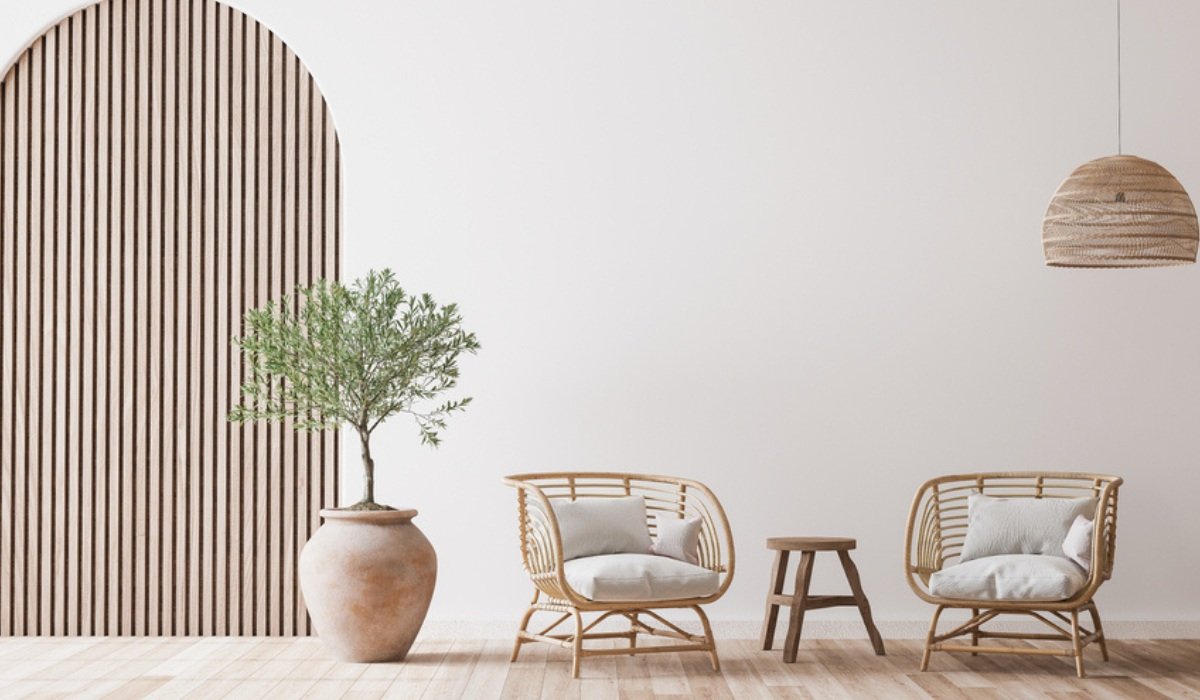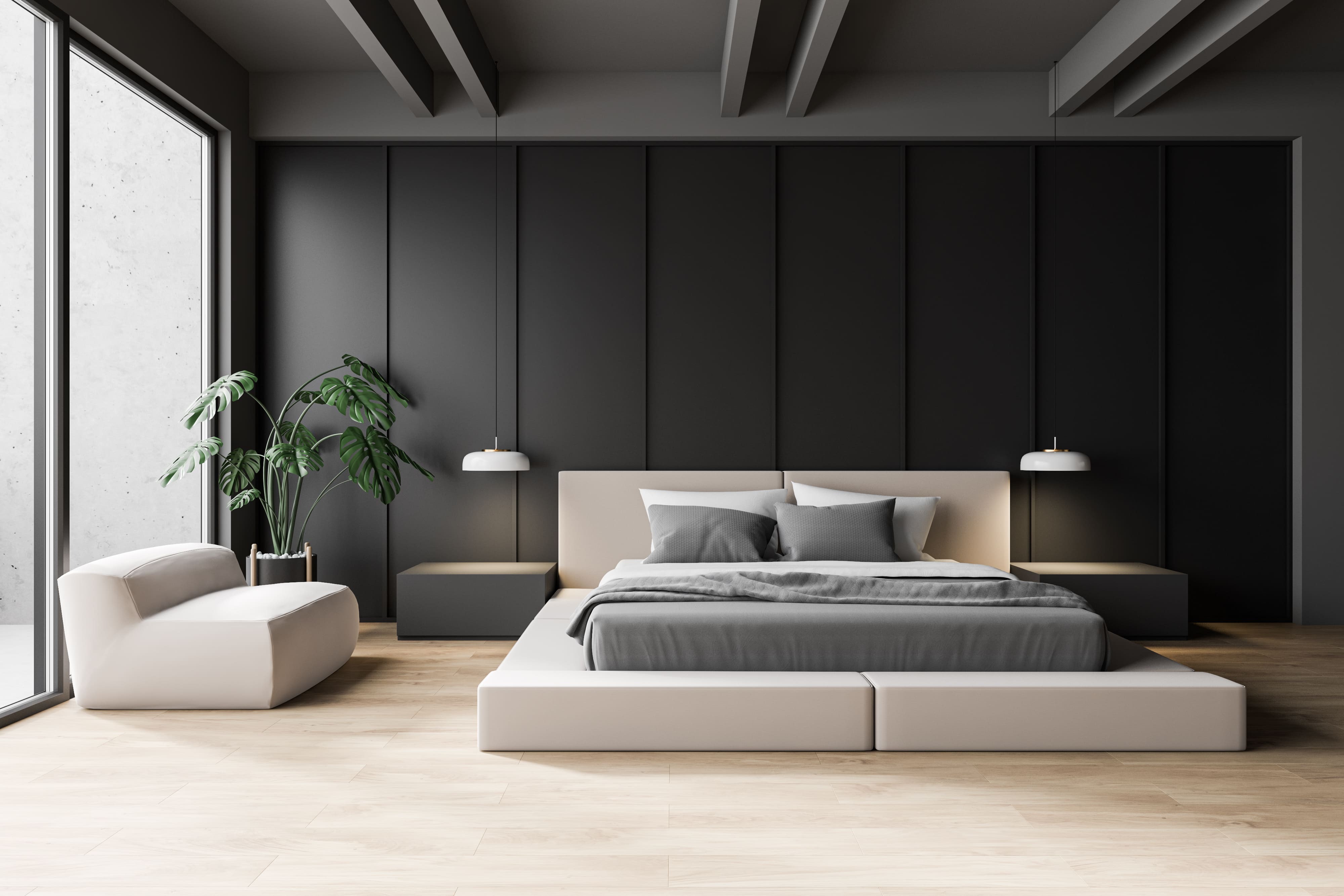Why Understanding the Concepts of Interior Style Is Essential for Effective Area Preparation
Comprehending the concepts of interior design is fundamental to effective room planning, as it lays the foundation for producing environments that integrate functionality with aesthetic charm. Crucial aspects such as percentage, equilibrium, and flow are not simply ornamental considerations; they are vital in enhancing exactly how a room is made use of.
Significance of Room Planning
Room planning is a basic aspect of indoor style that dramatically affects the capability and visual appeals of a room. It entails the critical setup of furnishings, fixtures, and building components to enhance the usage of available area while boosting the overall customer experience. Effective area preparation addresses numerous variables, consisting of circulation, availability, and the details demands of the passengers.
One of the main advantages of space preparation is its capacity to improve spatial efficiency. Interior designer Miami. By thoughtfully arranging a design, developers can ensure that every area offers a function, reducing mess and promoting a feeling of order. Additionally, appropriate room preparation promotes a harmonious environment, allowing for smooth activity and interaction within a space
Furthermore, effective space planning considers natural light, sightlines, and the connection between various locations. This all natural method not just raises the aesthetic appeal however likewise adds to the health and efficiency of the owners. Inevitably, a well-executed space strategy contributes in creating a well balanced and welcoming environment, making it necessary for any interior style task.
Trick Concepts of Interior Decoration

One fundamental concept is balance, which can be symmetrical, asymmetrical, or radial. Symmetrical balance produces a sense of order, while unbalanced balance offers a much more vibrant aesthetic allure. Another critical concept is proportion and range, making certain that the size of furnishings and decor aspects associate harmoniously to each other and the total room.
Color concept additionally plays a substantial role, influencing mood and understanding. Developers utilize shade palettes to stimulate particular sensations and improve the spatial experience. Additionally, the principle of rhythm includes developing a feeling of motion via repeating of shapes, colors, or patterns, guiding the eye throughout the area.
Finally, the concept of focus directs focus to focal factors, enabling for a clear narrative within the layout. Interior designer Miami. By adhering to these essential concepts, interior developers can develop settings that not only fulfill practical demands yet additionally resonate with the passengers on a psychological level
Effect On Performance and Flow

The arrangement of furnishings, the selection of materials, and the integration of innovation all play essential functions in achieving optimal capability. Placing seating areas in proximity to work spaces can facilitate communication and collaboration, therefore improving productivity. Additionally, making sure that pathways are unhampered and clear enables effective activity, reducing congestion and promoting a natural flow throughout the room.
In addition, integrating components such as lights and shade can further aid in marking locations, making it less complicated for people to browse their environment. Thoughtful room preparation considers not just the physical elements of layout however additionally how users interact with their environments. Inevitably, a focus on performance and flow not only enhances the user experience however additionally elevates the general efficiency of the area, creating an environment that satisfies the needs of its passengers while fostering a sense of consistency and balance.
Enhancing Aesthetics and Mood
Three key aspects-- shade, structure, and illumination-- play pivotal duties in improving the aesthetic appeals and state of mind of an interior area. Shade establishes the psychological tone; warm shades like oranges and reds evoke energy and warmth, while cooler tones such as blues and eco-friendlies promote peace and peace. Choosing an unified shade combination can transform a room, creating a aesthetically appealing and cohesive environment.
Structure includes depth and passion, adding to the tactile experience within an area. A mix of structures-- smooth surfaces, luxurious textiles, and all-natural materials-- can develop visual intrigue and improve comfort. Pairing a soft velour couch with a smooth glass coffee table can create a balanced aesthetic that welcomes interaction.
Illumination, commonly a forgotten element, look at this web-site substantially effects state of mind. All-natural light fosters an open, ventilated environment, while strategically positioned artificial lights can develop warmth and emphasize building attributes. Dimmer switches make it possible for versatility, permitting for changes to fit numerous activities or times of day.
Incorporating these three components attentively not just boosts the aesthetic appeal of a room however also cultivates an atmosphere that reverberates with its designated function, eventually enhancing the total experience for its occupants.
Practical Applications in Real Life
Using indoor layout principles in real life calls for a thoughtful strategy that incorporates shade, appearance, and illumination right into day-to-day spaces. By recognizing just how these aspects work with each other, individuals can create settings that are not just visually appealing yet unified and additionally useful.
For example, in a little living location, employing a light color scheme can make the room really feel larger and extra open. Strategic usage of mirrors can enhance natural light and produce an illusion of depth. Including various textures with textiles, such as rugs and paddings, can include heat and passion without frustrating the senses.
Illumination plays an important role in specifying the ambience. Split lights, including ambient, task, and accent alternatives, enables adaptability in state of mind setups. In a home workplace, for example, a mix of natural light, desk lights, and ornamental fixtures can increase performance while preserving an inviting atmosphere.
In addition, comprehending spatial connections and furnishings arrangement can bring about enhanced performance. By adhering to concepts such as equilibrium and percentage, one can guarantee that spaces offer their intended purpose while remaining aesthetically pleasing. Overall, functional applications of interior decoration principles substantially enhance the livability and appeal of any look at these guys setting.
Conclusion
To conclude, recognizing the principles of indoor layout is crucial for effective room preparation, as it promotes a balance see this between performance and aesthetic appeals. By applying vital principles such as proportion, color concept, and flow, developers can develop settings that improve both use and visual allure. Inevitably, this knowledge adds to the development of areas that not just meet practical demands however additionally raise the general ambience, bring about even more effective and enjoyable experiences for individuals.
Comprehending the concepts of interior design is essential to reliable space preparation, as it lays the groundwork for developing atmospheres that integrate capability with visual appeal.Area planning is a fundamental aspect of indoor style that significantly influences the functionality and appearances of a room. In addition, appropriate space planning fosters a harmonious atmosphere, enabling for smooth activity and communication within a room.
Furthermore, the concept of rhythm entails creating a feeling of movement through repeating of forms, shades, or patterns, assisting the eye throughout the space.
In conclusion, understanding the principles of indoor layout is essential for effective space preparation, as it cultivates an equilibrium between capability and aesthetic appeals.